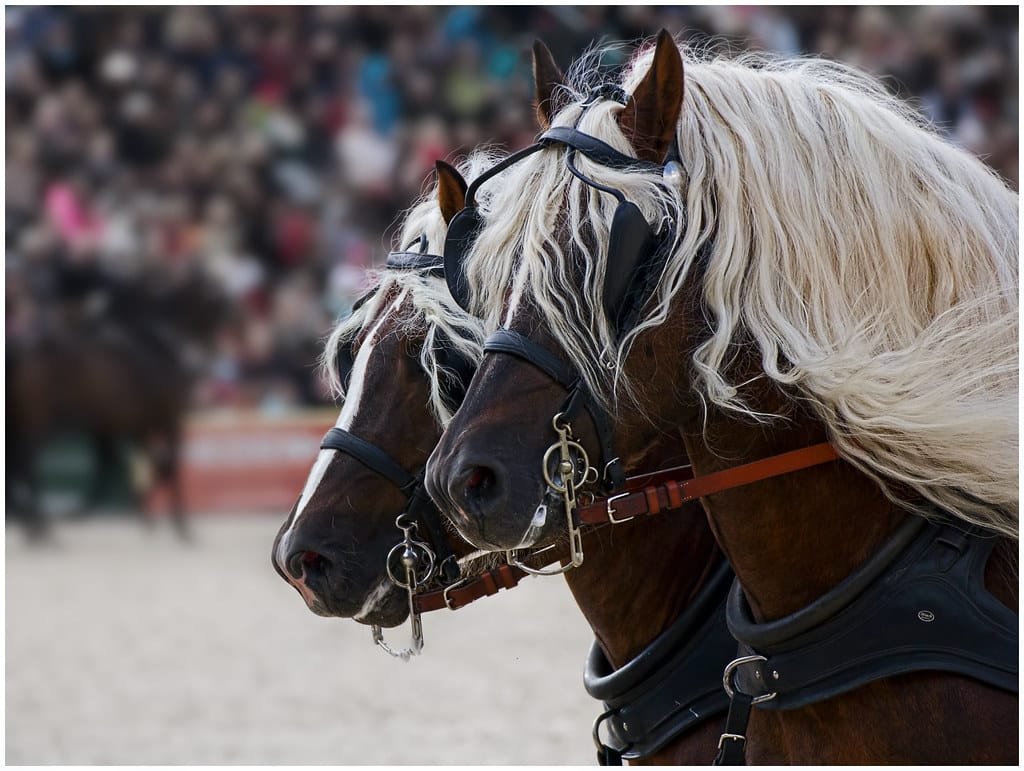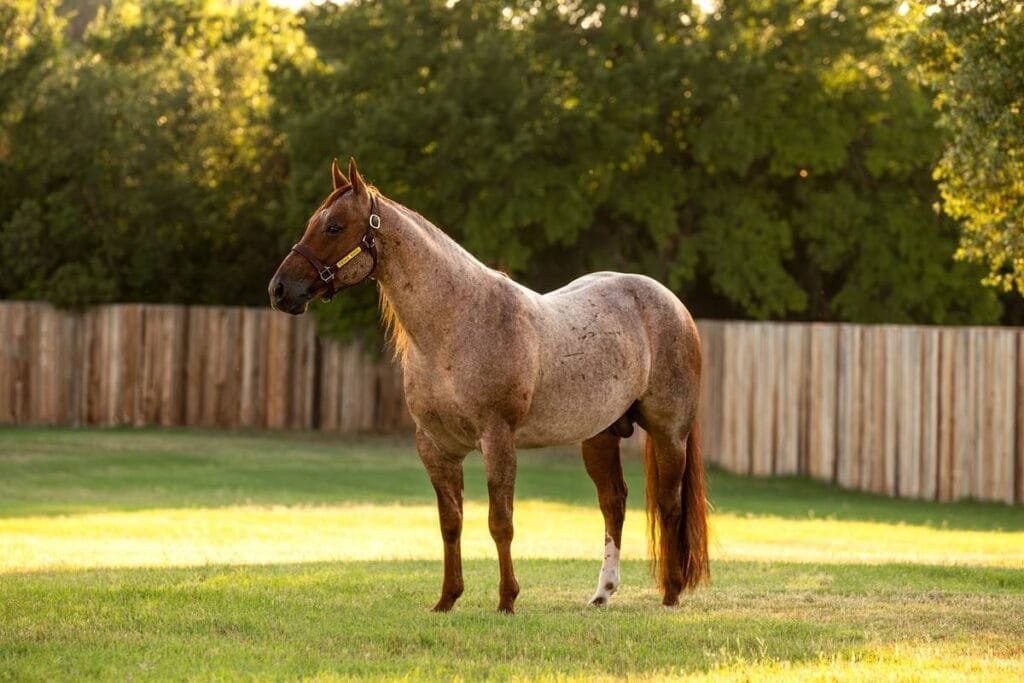Black Forest Horse. Known for its strong build and gentle nature, this horse embodies the spirit of its rugged homeland.
With its long, flowing mane and elegant way of moving, the Black Forest Horse is a very unique draft breed. These horses are known for their great temperaments, and you might see them pulling a carriage, working farmland, or competing under saddle. This German breed is rare today
Origins and History
The Black Forest Horse has roots dating back to the 15th century, when it was bred in the remote valleys of the Black Forest. Originally bred as a sturdy workhorse for farmers and foresters, it quickly gained a reputation for its strength and reliability.Over the years, the breed developed through careful breeding with other European draft horses like the Ardennes and Friesian. Its distinctive features include a compact yet powerful body, deep chestnut coat often with a light mane and tail, making it not only practical but also a source of regional pride.
Feature details
| Feature | Details |
|---|---|
| Origins and History | Developed in the 15th century in the valleys of Germany’s Black Forest. |
| Bred initially as a strong workhorse for farmers and foresters. | |
| Characteristics | Height: 14.2 to 15.2 hands tall |
| Build: Muscular with a strong neck, defined withers, and sturdy legs | |
| Coat: Deep chestnut, often with a light mane and tail | |
| Distinctive Markings: Occasional white markings | |
| Versatility and Uses | Well-suited for harness racing, known for strength and agility |
| Adapted for roles in dressage and show jumping | |
| Conservation Efforts | Faced decline in the 20th century; efforts by breeders to revive numbers |
| Supported by organizations like the Black Forest Horse Association | |
| Future Outlook | Increasing population due to conservation efforts |
| Continues to be a symbol of German equestrian heritage |

Versatility and Uses
Originally used for farm and forestry work, the Black Forest Horse has adapted to various roles over time. It excels in harness racing due to its strength and agility. Recently, it has also been showcased in disciplines like dressage and show jumping, proving its versatility and trainability.
Diet and Nutrition
Black Forest Horses are relatively easy keepers and do well on a diet consisting of quality forage and a concentrate to make up for any nutritional deficits in the area. These horses may become overweight if left out on lush pasture, so careful attention is needed to maintain an appropriate body condition.
Common Health and Behavior Problems
The Black Forest Horse is generally healthy and is not known for having any breed-specific diseases or conditions. Weight management can be an issue because these horses tend to be easy keepers.This breed is known for its agreeable, even-minded nature, making most of these horses a pleasure to work around.
Five intresting fact
- Historical Roots: The Black Forest Horse dates back to the 15th century, bred in Germany’s Black Forest for farm and forestry work.
- Distinctive Appearance: Known for its deep chestnut coat and often having a flaxen or silver mane and tail, giving it a unique look.
- Versatility: Despite being a draft horse originally, it excels in various equestrian sports like dressage and show jumping.
- Cultural Significance: It’s a symbol of resilience and strength, reflecting the Black Forest region’s rugged terrain and heritage.
- Conservation Success: Once facing decline, efforts by breeders and organizations have revived its population, ensuring its continued existence.
The Black Forest Horse is not just a symbol of German equestrian heritage but also a testament to the resilience of the Black Forest itself. Its blend of strength, beauty, and adaptability continues to captivate horse enthusiasts worldwide. By preserving this unique breed, we honor its history and ensure that future generations can appreciate its legacy as a cherished part of Germany’s cultural heritage.




